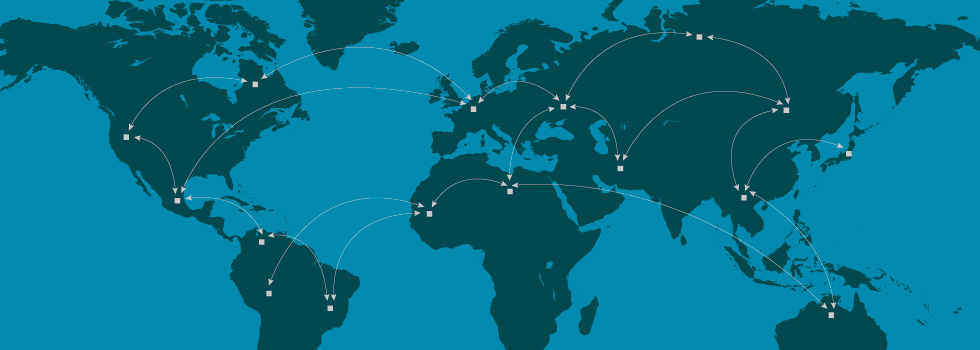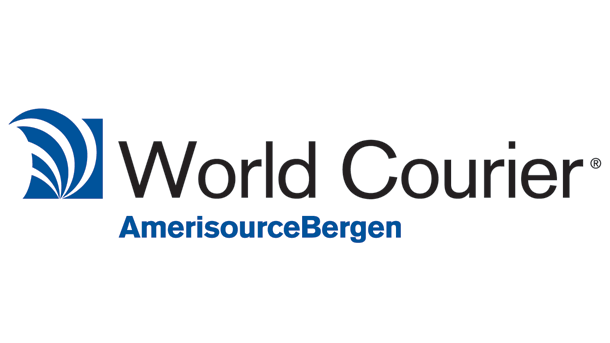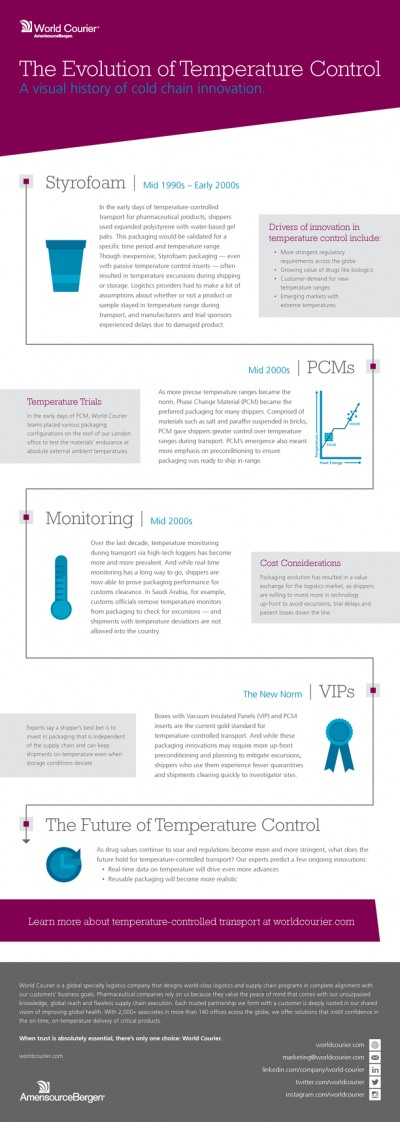Promotional Features
World Courier discusses strategies for ensuring a successful supply chain
Last time we talked about the issues that pharmaceutical companies face when running the distribution gauntlet challenge. Today we consider possible strategies for improvement.
Long-Term Strategies for Success
The place to begin finding supply chain solutions is clearly inside the supply chain, say experts like those at McKinsey & Company, who report that “[s]upply chains now account for nearly 25 percent of pharmaceutical costs and more than 40 percent of medical-device costs”[1], representing a staggering $230 billion on pharmaceuticals and $122 billion on devices. What strategies can be implemented to drive down these costs and streamline the supply chain? Read on for three recommendations.
Strategy 1: Improved Demand Metrics, Production Agility
Taking a page out of the fast-moving consumer goods (FMCG) playbook spearheaded by companies like Starbucks and Microsoft, supply chain professionals suggest that better demand forecasting is the key.
In the McKinsey study noted above, the authors report that “a typical Asian laptop manufacturer can accept an order on a Monday and deliver a pallet of freshly assembled customized computers to a European customer little more than a week later. In contrast, a typical pharmaceutical manufacturer has a lead time of about 75 days.”[2]
By improving forecast capabilities, pharmaceutical manufacturers can better segment their supply chains and adjust production schedules to defined end user needs on a geography-by-geography basis. In the process, the inventories of manufacturers, suppliers, distributors, hospitals, clinics and pharmacies are reduced, lowering costs right through the chain that can be passed on to end-payers. A strong understanding of the demand side of the equation will improve agility and production response time, helping to reduce product obsolescence and the strain on quality assurance generated by excessive production while collaterally squeezing out the incursion of counterfeit product into the market.
Strategy 2: Training and Skill Development
The ongoing education of all supply chain participants is equally crucial as success hinges on everyone from researchers and production workers, to logistics providers working at airports and storage facilities, to personnel performing pick-ups and deliveries, to government officials who head up national health ministries worldwide and civil servants who oversee import/export functions.
Education is clearly an ongoing process, however, and pharmaceutical professionals should both recognize and applaud just how far the regulatory and supply chain systems have come in recent years. Although still challenging, our collective successes in transporting delicate bio-samples and medicinal products to and from developing nations in Latin America, Asia and Africa speak volumes to the vast improvement in awareness and execution at all functional levels worldwide. Undoubtedly a work in progress, regulators should continue to both legislate and demand clarity in best practices. Similarly industry executives should continue to promote these standards throughout their organizations.
Human resource professionals suggest that, because of the often critical life-and-death impact of employee decision-making, pharmaceutical companies and their suppliers should consider implementing internal assessment programs to identify employee knowledge gaps, gauge their response to on-the-job challenges and compliance issues, and follow up with customized training and mentorship programs that focus on improving performance and reducing error. Particularly in light of increasing industry competitiveness and cost-driven redundancy decisions, organizations must be prepared to make the most of their workforce. These organizational lessons apply equally to every participant in the supply chain, from materials suppliers to logistics providers to bureaucratic entities. In the consensus of successful supply chain experts, it is important for industry to stress “the importance of people and processes rather than technology in driving better performance”.[3]
Strategy 3: Collaboration and Professional Partnerships
Other experts call for greater private sector collaboration, convinced that the experience of private industry in managing complex supply chains is critical to success. While health ministries were viewed as the ultimate “gatekeepers” of public health, relying on the expertise of professional supply chain partners like pharmaceutical logistics providers can go a long way towards physically securing the system.
In a 2015 study produced by marketing research firm IMARC Group, the authors suggest that “the total size of the healthcare cold chain logistic services market is expected to expand from its current figures of US$ 8.5 billion to nearly US$ 13.4 billion by 2020”[4]. At a projected increase of 57 percent in just five years, the study underscores the industry’s growing recognition of the huge benefits to be accrued by working with specialized logistics professionals and the dramatic cost savings that it can entail. Key qualities to look for in a logistics partner include:
- an established global network supported by local expertise and oversight, particularly in emerging locations
- proven GxP compliance throughout the network
- a strict global Quality program
- regulatory experience in all pertinent geographies that the supply chain touches
- well-trained and qualified staff who work in compliance with established SOPs
- specialized service capabilities including cold chain and packaging capabilities
- cross-functional and value-added services including pharmaceutical storage
- a close-looped system that reduces the number of third parties engaged in the supply chain to enhance chain of custody
According to The World Bank, “when pharmaceutical procurement and supply chain systems work effectively, they offer high levels of quality, cost- effectiveness, product availability, transparency, accountability and value for money in the use of public funds”[5].
Ultimately every company wants their produce to follow the mantra of Right Drug. Right Patient. Right Time. Right Temperature. From clinical trials to commercial drug distribution, patient safety is paramount. Getting it right also means that drugs must arrive on time and at the right temperature. Optimizing the supply chain to control costs, and finding the balance is key.
[1] Ebel, Thomas; Larsen, Eric; Shah, Ketan, “Strengthening health care’s supply chain: A five-step plan”, McKinsey & Company, September 2013.
[2] Ibid.
[3] Sarley, David, “Supply Chains for Global Health”, Impatient Optimists (Bill & Melinda Gates Foundation), October 21, 2014.
[4] “Global Healthcare Cold Chain Logistics Market Report & Forecast (2016-2020)”, IMARC Group, September 2015.
[5] “Improving Governance in Pharmaceutical Procurement and Supply Chain Management in Kenya, Tanzania and Uganda”, The World Bank Institute, p. 3, © copyright 2013 World Bank.





